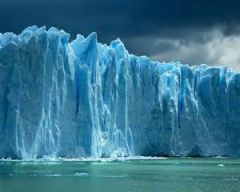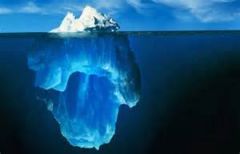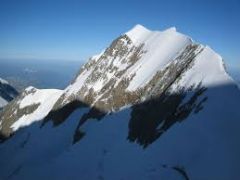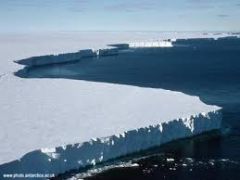![]()
![]()
![]()
Use LEFT and RIGHT arrow keys to navigate between flashcards;
Use UP and DOWN arrow keys to flip the card;
H to show hint;
A reads text to speech;
3 Cards in this Set
- Front
- Back

What Are Glaciers?
Glaciers shape the landscape around them and affect our everyday lives, even if the nearest glacier is thousands of miles away. |
Glaciers are large masses of ice that can take many forms, from huge sheets to jagged blocks of slow-moving ice and rock.
|
|

How Glaciers Move?
A glacier may move in two ways.
|
Internal flow is when the pressure and gravity on the ice in a glacier cause it to move downhill. This movement is like pushing a deck of cards from one side.
Basal sliding is when an entire glacier moves because its base is slightly melted. Instead of mostly internal movement, the bottom of the glacier slides downhill as well. This makes the glacier able to move much like an ice cube is able to glide across a table if it is pushed.
|
|

The Two Types of Glaciers
Alpine glaciers are created from the densely packed snow and ice found on top of mountains as well as in the valleys between them. |

Continental glaciers are also known as ice sheets because they envelop everything in sight with a layer of - you guessed it - ice.
|

